Affiliate Disclosure: We earn a commission if you purchase through one of our links at no additional cost to you.
Your photography direction is essentially about the type and style of photos you create. Much like learning how to drive a car, your direction will change as you gain more experience. We’re going to delve into some of the influences and experiences that may cause your photography direction to change, and why that’s a good thing.
What is a Photography Direction?
I mentioned earlier that your photography direction is about the type and style of photos you create. That’s a nice summary, but the true answer is a bit deeper than that.
Your photography direction is about your growth as a photographer. It’s also about who you are as a photographer, what you want to create, and how to expand your creative options. Your photography direction determines the photos you want to take and the stories that you want to share.
When you first start photography, what drove you to it?
Did you need a creative outlet? Maybe you picked up a camera because it just seems cool, or – like me – you can’t draw a stick.
It’s OK if you don’t really know why you like photography. Maybe you just know that you like it and that’s good enough for now. The challenge isn’t to master anything, but just look for interesting subjects to take photos.
Your Photography Direction is More than a Genre
Photography drew me in when I was still in high school. I just knew in my heart that I wanted to be a photographer. Yet I couldn’t really tell you why, or what I wanted to photograph.
As an introvert, I stayed away from people and spent more time photographing places. There are a lot of advantages to photographing places when you’re an introvert.
Your subject doesn’t challenge you. It doesn’t talk back. It doesn’t ask questions. Places don’t mind if you’re fumbling about your gear trying to figure how how to make it work so you can get the photo. Quite simply, places are patient subjects.
Some places change and some stay the same. I cannot tell you how many photos of Horseshoe Bend that I’ve seen that look absolutely the same to me. I’m told that every sunrise at horseshoe bend finds dozens of photographers lined up to take the same photo, every day.
To me, that’s just trophy hunting.
I found that I enjoy travel and landscape photography only if I can get a different or somewhat unique result. That’s after a few years of taking the same photos that everyone else makes.
The Problem with Stagnation

There are some people who can do the same task over and over again. I am not one of those people. I get bored. I wonder what else can I do with my camera.
Basically, I discovered that going to different locations to take photos of stuff that I found interesting was becoming boring. I tried to liven things up with HDR or different post processing techniques. Yet my results were not blowing my mind and I found the process rather tedious.
At first, the way to approach that problem was to change the genre of my photography. Despite being an introvert, portrait photography seemed like a good option.
I went to a few local photographer & model meet & greet sessions. Although I don’t attend these anymore due to the crowds involved, it was really very good for me. I found a world of creativity and change when working with models.
No portrait was ever the same. When you collaborate with others, you create something unique that doesn’t happen when other photographers and models collaborate. It was interesting to see the results that came from other photographers with the same model that you just worked with a moment ago.
That was quite exciting for me. Here I have the promise of taking something unique that no other photographer will do, even when photographing the same model. That combination of photographer, model, location, wardrobe, makeup and lighting is like a random algorithm. It’s unlikely to duplicate itself in my lifetime.
Creating New Problems Drives New Results
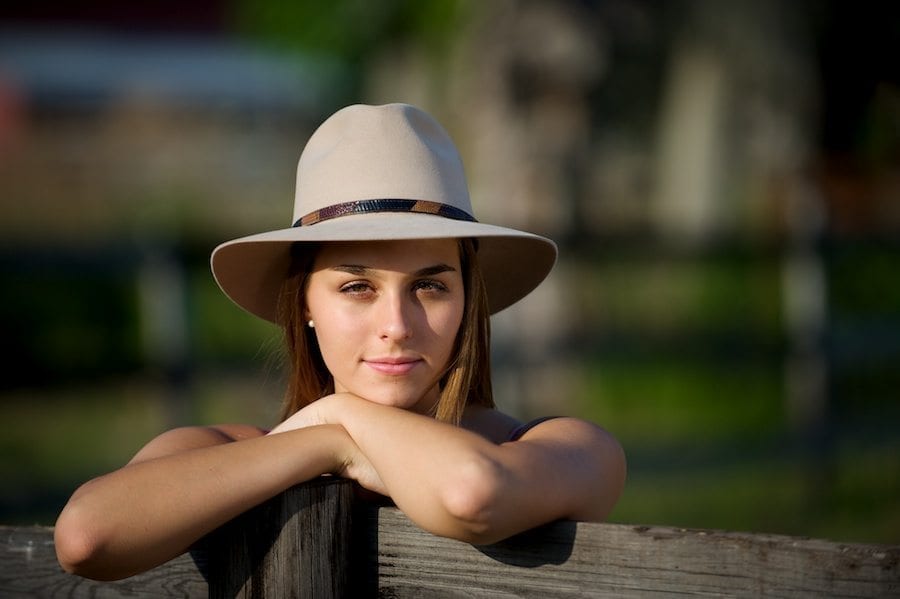
As much as I enjoy portrait photography, I also discovered that improving my results meant that I had to overcome new problems.
That lead to immersing myself in the world of off-camera flash. I now have a plethora of flashes and light modifiers – just check out my Resources Page to see what I’m using.
Here’s the thing with portrait exposure. You really need to have two exposures on location. Instead of an exposure triangle, now you have an exposure pentagon. Let me explain.
Your background exposure uses the common exposure triangle recipe of ISO, Shutter Speed and Aperture. Yet that exposure likely isn’t very good for your portrait subject.
Now you need to light the subject separately, which means you have to add two more elements to your exposure recipe – Flash power and Flash to Subject distance.
Working with off-camera flash isn’t really hard, but it takes some comprehension of the results you want to achieve and a bit of practice to yield good results.
When you master those technical elements, you’re making progress.
Progress is Better Than Perfection
I think a lot of people stop here. Once they master a technical issue, they’re satisfied with the results. They can achieve the same thing over and over again, yet still get something unique with each photo session.
However, I think this stage is just the beginning.
Once you master the technical aspects, it’s much easier to open more creative doors. I relate this to something like driving a car.
When you start learning, there’s too much information to understand it all at once. I’m watching our daughter go through this now as I’m teaching her to drive. She has to learn all the rules of the road. Then she has to learn all the mechanics of driving. While she’s driving, she has to watch out for the crazy nuts around us (ever present in Orlando) who don’t obey the rules of the road.
It’s a very overwhelming situation for someone who is trying to learn to drive, and yet avoid death at the same time.
Gradually, she’s becoming more proficient with her driving. We recently went on a 5-hour drive to circumnavigate most of Central Florida. She did very well with her driving.
Yet she wouldn’t have the slightest idea where to go if I weren’t there to tell her. She knows how to drive, but hasn’t yet built her sense of direction.
I see that as the same thing as those who can take a technically perfect photograph, yet doesn’t know how to make it interesting or appealing.
Our goal as photographers isn’t technical perfection. We’re here to bring emotions to our audience.
Use Emotions and Stories in Photography
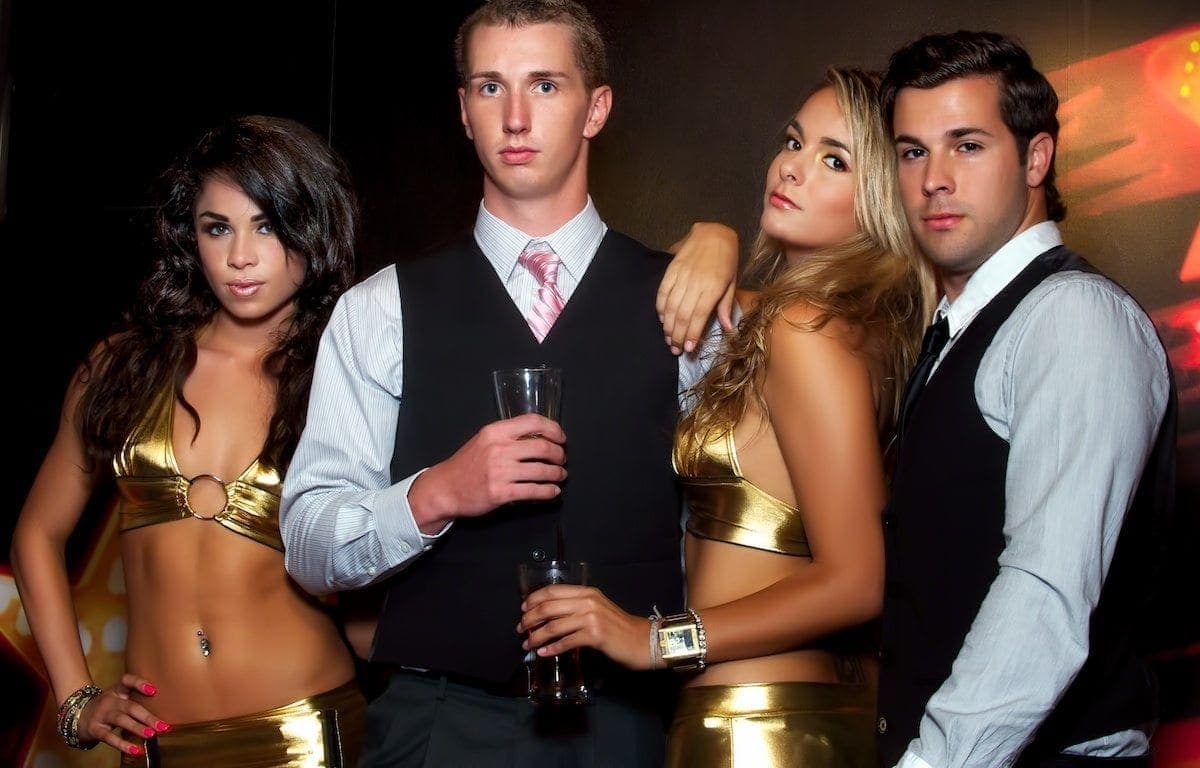
Once you master your technical craft, the fun begins. Now you’re in control and can do more than merely capture an event. You start to see stories unfolding around you, which improves the results you get when photographing an event.
In other cases, you start to tell your own stories. You’re no longer a photographer. Now you’re a producer, someone who brings everyone together to tell a story.
You progress from venturing out with your tools to see what photo you can get into deciding what story you want to tell, and then determining the right tools to use.
The idea of using a wide angle or telephoto isn’t about playing with your new glass. Instead, it’s an element you use to construct your story.
Decisions about which light modifier to use, whether you need to add gels to your lights, or even where to place your lights completely change. Your focus is on the story you want to tell. The tools and techniques are second nature, and you direct everything to match your vision.
Your Photography Direction Changes When You Allow Progress to Happen
Not everyone gets to this place. Some people quit at various stages. Maybe photography isn’t for them. Maybe they’re satisfied with what they’re doing at any stage along the way.
There’s no right or wrong.
However, those who keep pushing to improve and grow will definitely change their photography direction. The only question is, are you one of those people?
Subscribe to I Like Your Picture
Thank you for listening to I Like Your Picture. Make sure you get every episode by subscribing. You can find more subscription options on the player above. Just clicks the three dots inside the circle on the right side of the player and look in the Subscribe option.



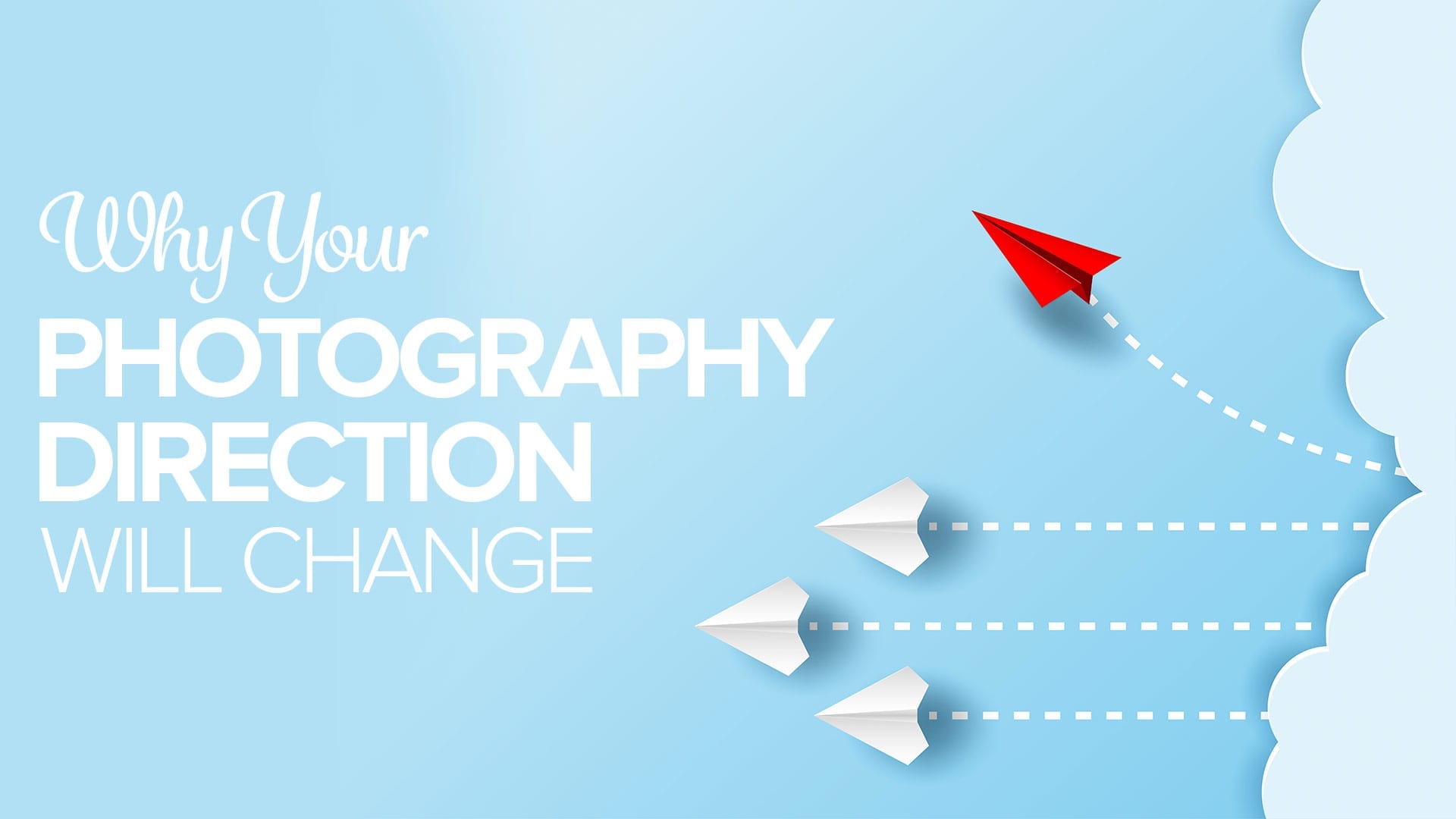
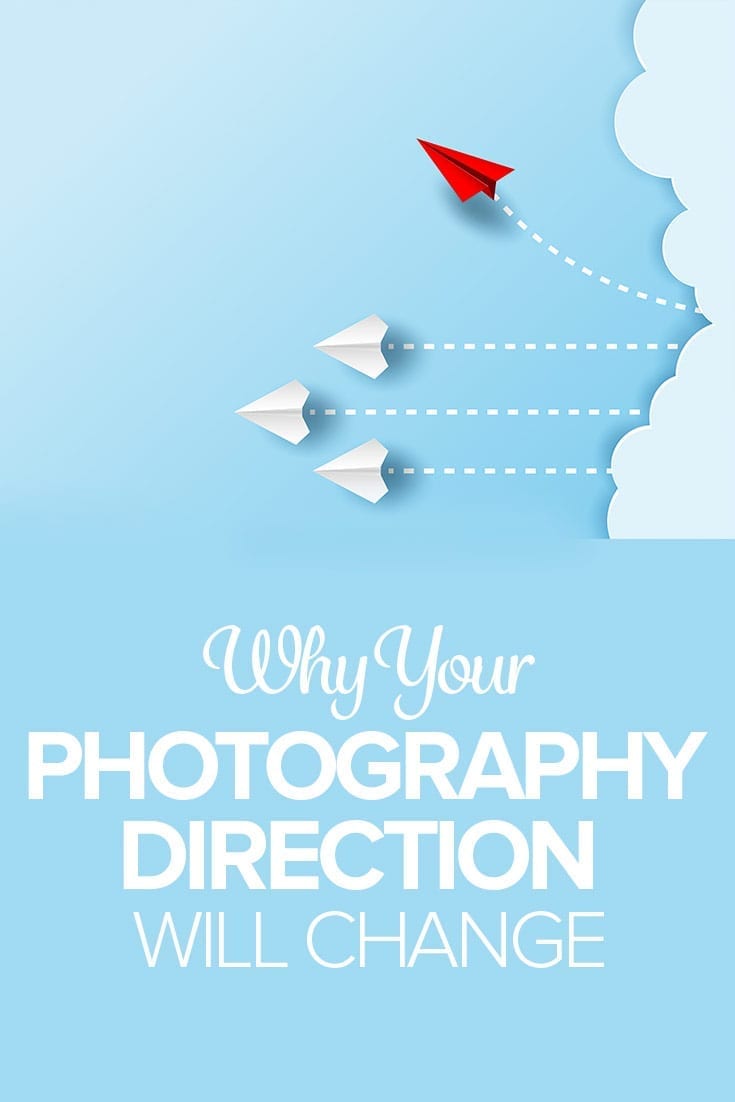
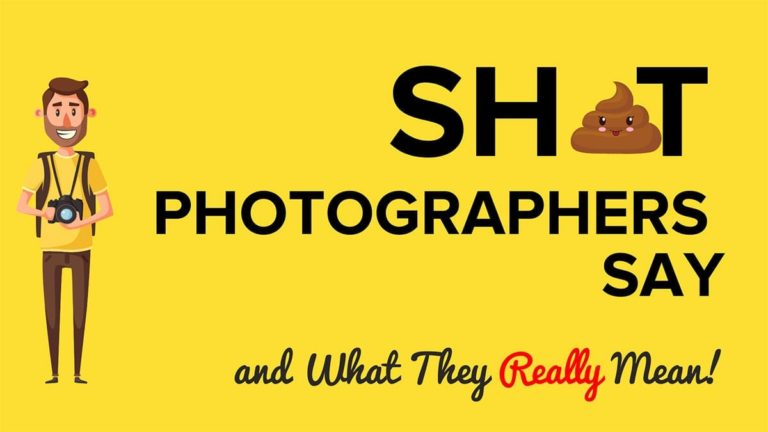

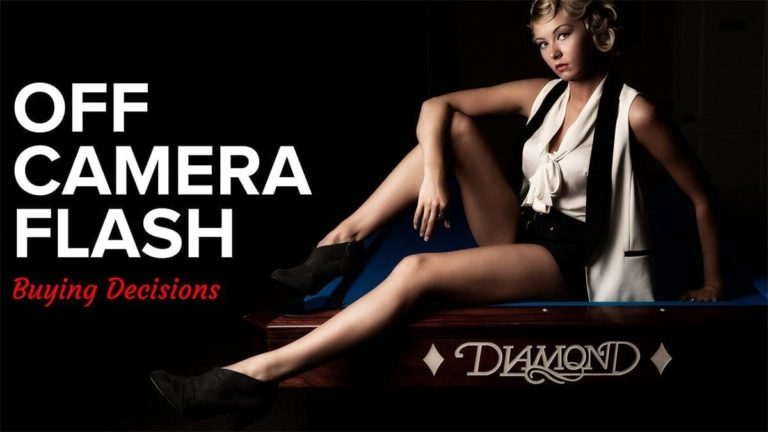
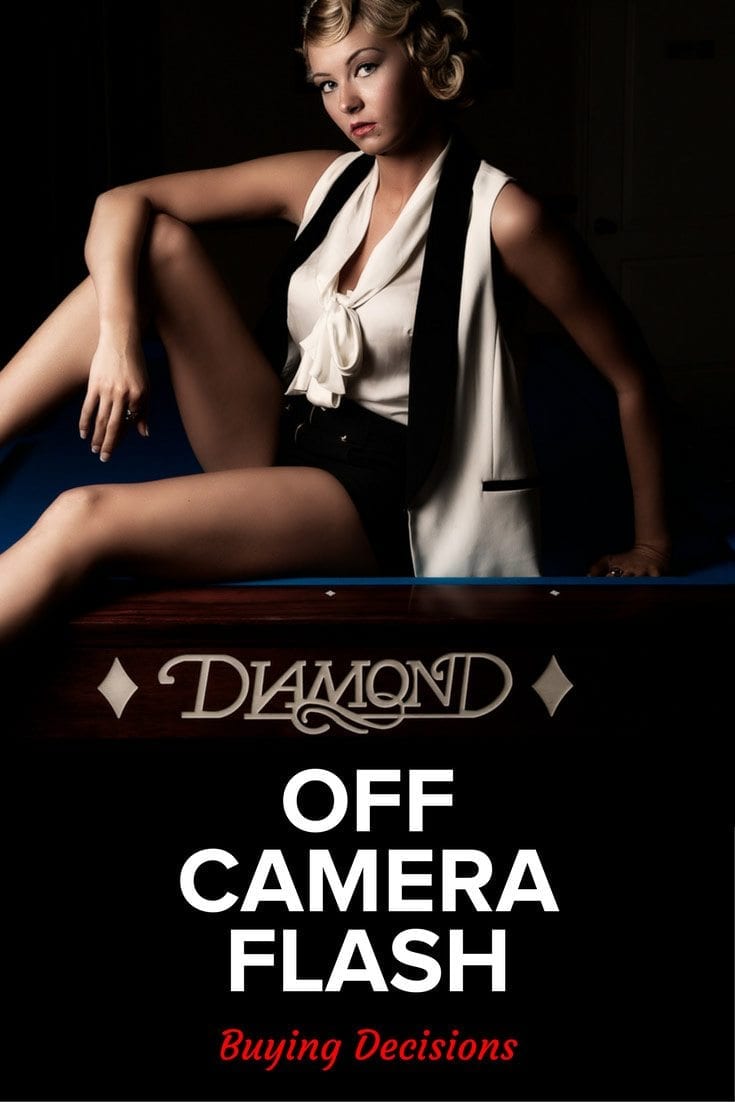
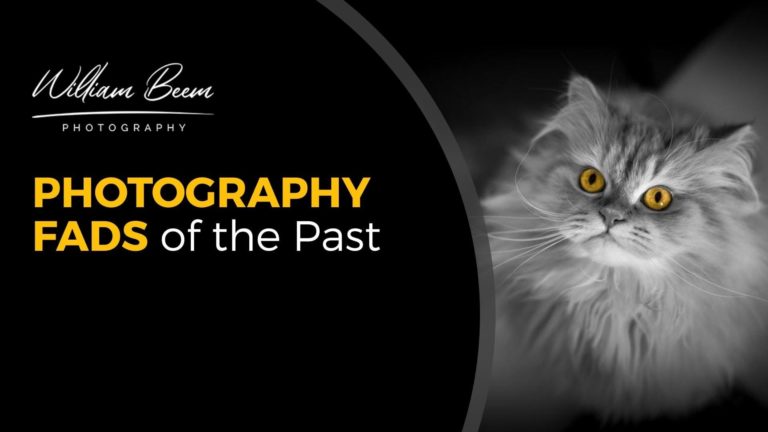
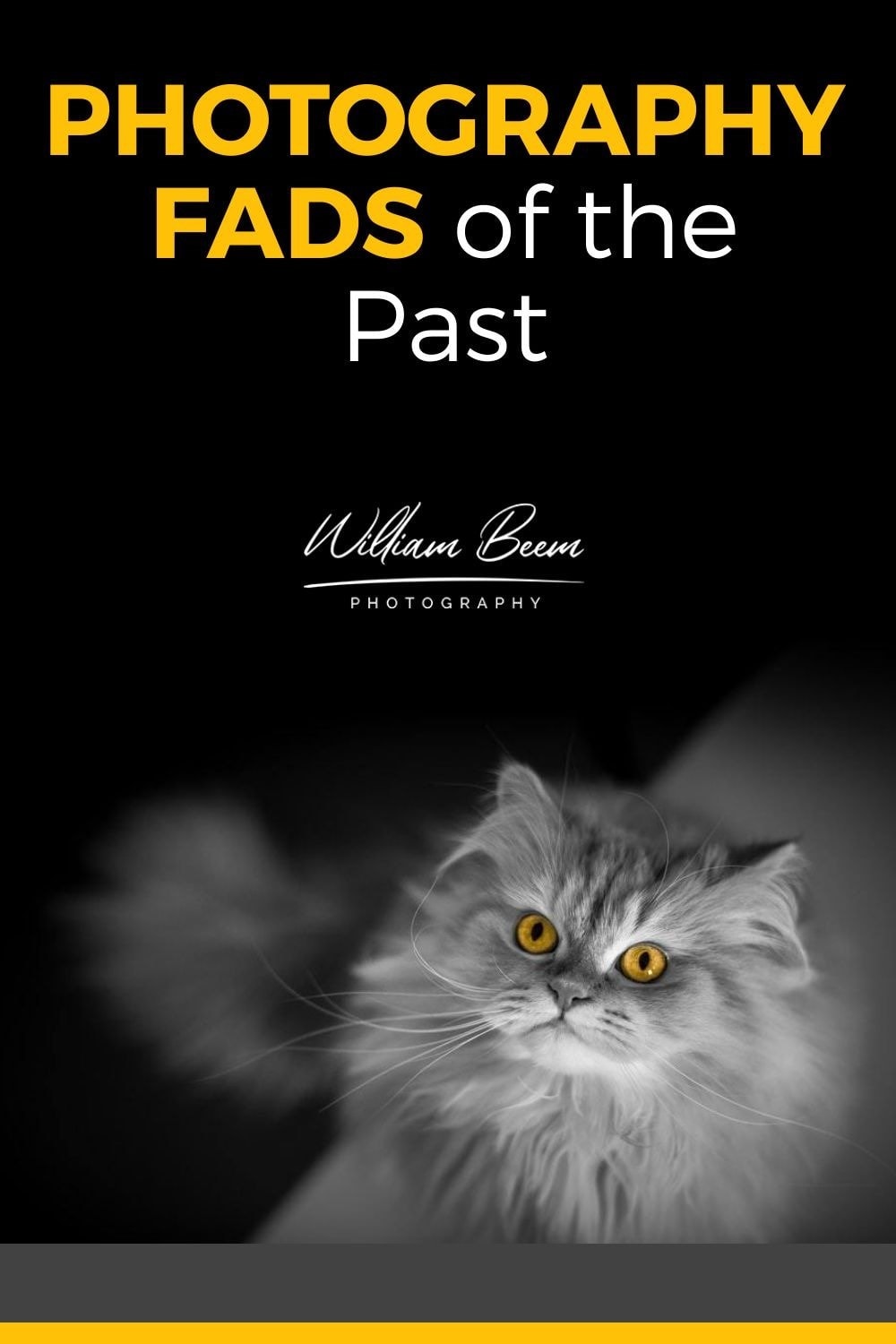
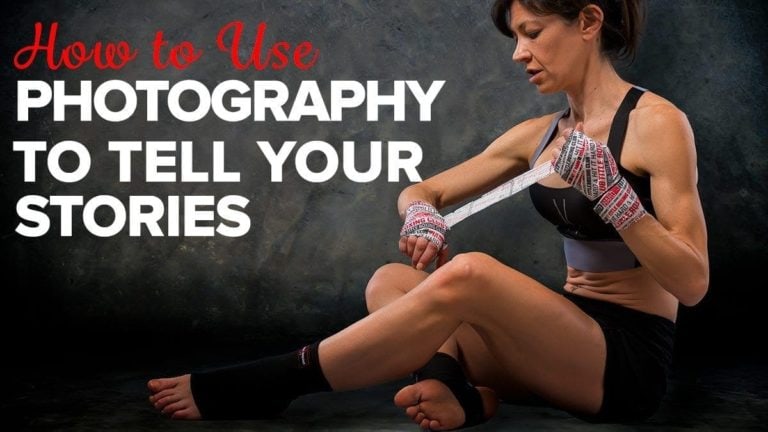
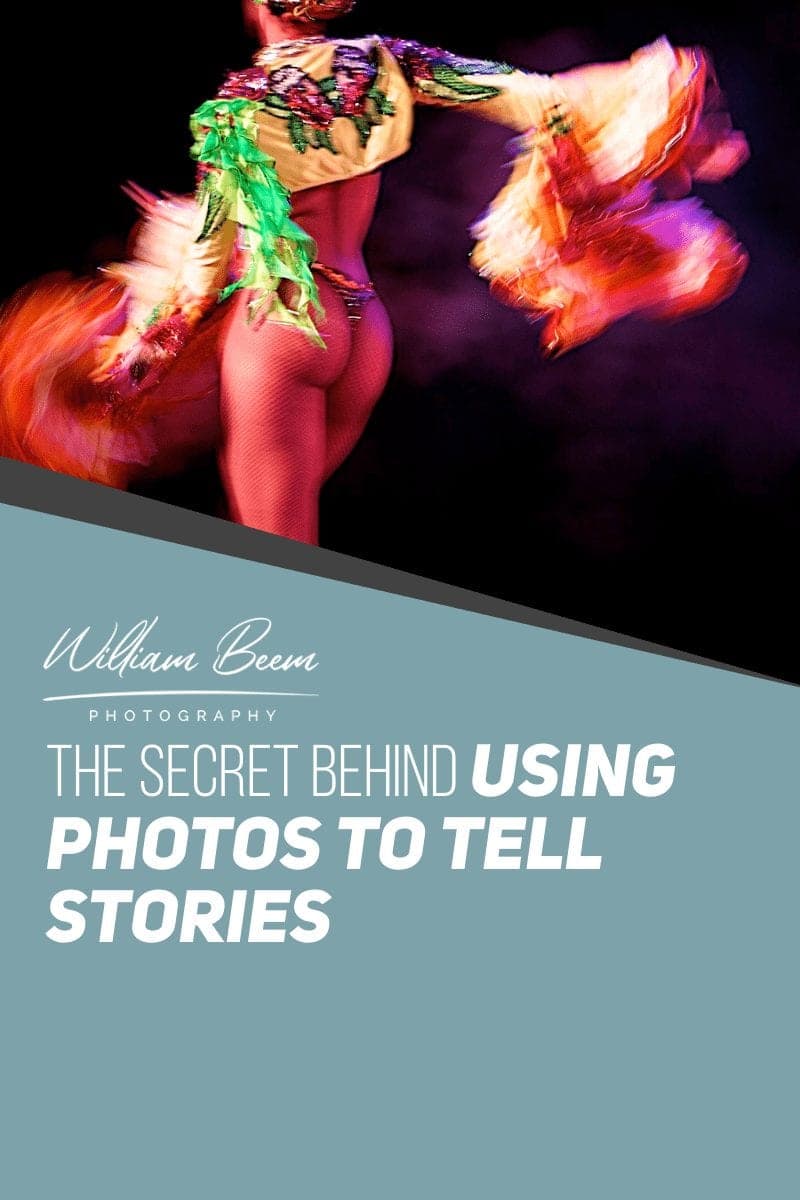
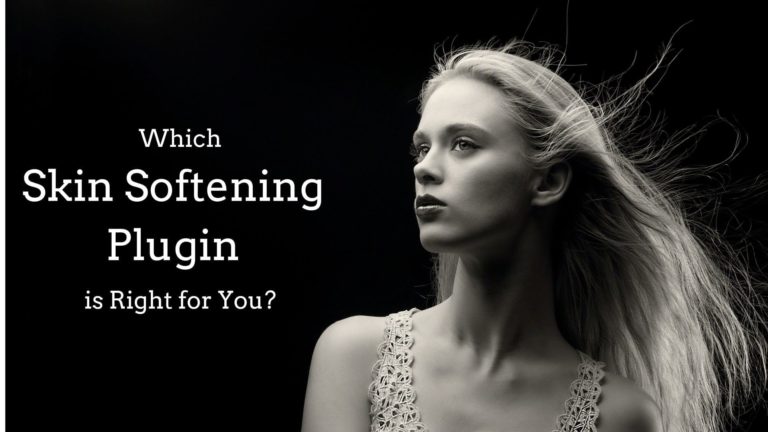

This topic of choice interest me it told me what my photo is suppose to be mainly about, and it gave me ideas of what genre of photography i want take place in.